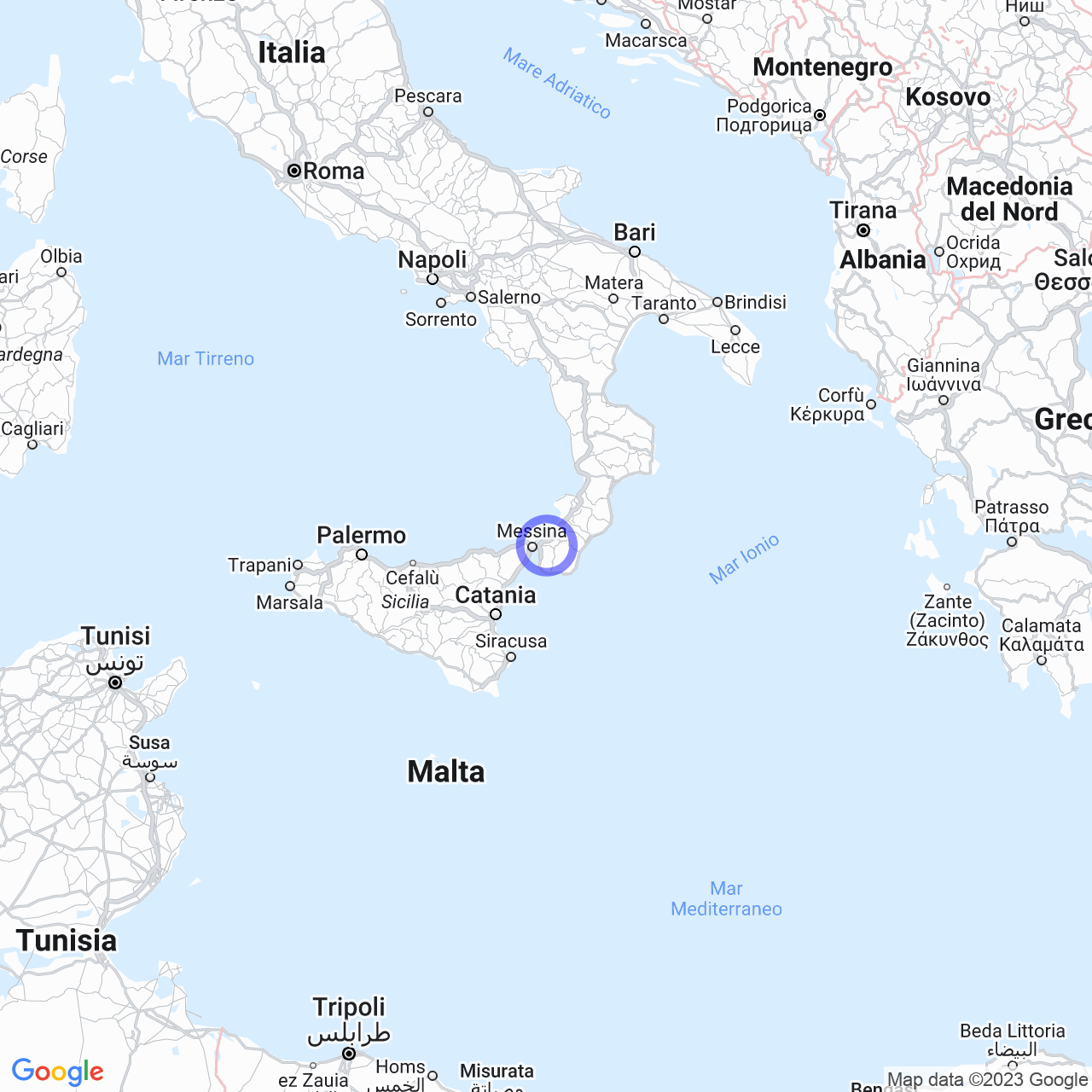San Roberto
Reggio Calabria: the city on the Strait of Messina
Reggio Calabria, also known as Rìggiu in the reggino dialect, is a city located on the eastern coast of the Strait of Messina in Calabria. As the capital of the Metropolitan City of Reggio Calabria, it is the most populous municipality in the region with approximately 171,246 inhabitants. Together with the metropolitan area of Messina, Reggio Calabria forms the Metropolitan Area of the Strait of Messina, a conurbation resulting from the strong social and economic integration between the municipalities on both sides of the Strait. The city, third in size in Calabria after Catanzaro and Cosenza, is famous for the National Archaeological Museum of Reggio Calabria, which houses collections of artifacts from Magna Grecia and the famous Riace Bronzes, among its identifying symbols.
The history of the city
Reggio Calabria is considered the oldest city in Greek Calabria, with a history that dates back over three thousand years. It was an important and prosperous Magna Grecia city. Throughout its long history, the city has experienced various dominations, including Roman, Byzantine, Norman, Swabian, Angevin, Aragonese and Bourbon. In 1908, the city was struck by catastrophic earthquakes in Messina that destroyed much of the habitat. After the reconstruction, the city presented itself with a modern urban layout.

The physical geography of Reggio Calabria
Reggio Calabria extends along the eastern coast of the Strait of Messina for about 32 km and towards the east, from sea to mountains, for another 30 km or so, with mid-level, hilly and mountainous areas. The city covers an area of 236.02 km² and extends from a minimum altitude of 0 meters to a maximum of 1,803 m a.s.l. The historic center was rebuilt at an average altitude of 31 m a.s.l., leaving the lower coastal part free from civil constructions due to the excessive proximity of the sea, which during the 1908 tsunami caused thousands of deaths. The municipal territory extends from Catona (north) to Bocale (south), between the Annunziata stream (north) and the Calopinace stream (south). Reggio Calabria is located at the foot of the Aspromonte and overlooks the Strait of Messina, which separates it from Messina, the western bank of the strait.
Points of interest
Reggio Calabria offers several tourist attractions, including the National Archaeological Museum, which houses the famous Riace Bronzes and artifacts from Magna Grecia. Other places to visit include the Cathedral of Reggio Calabria, the Cathedral of Mary Most Holy Assumption and the Basilica of the Immaculate Conception. There are also the Churches of the Sacred Heart of Jesus and of St. Ignatius of Loyola from which there is a panoramic view of the city and the Strait. For nature lovers, there are excursions to the Aspromonte, the Sila National Park and the Angitola lake.
The gastronomy of Reggio Calabria
The cuisine of Reggio Calabria is rich in traditional dishes, such as pasta alla reggina, baccalà alla ghiotta and swordfish with mint. Among the typical desserts, there are the Reggio biscuits, prepared with flour, almonds, sugar and eggs, and the pitta 'mpigliata, a cake made with honey, walnuts, almonds and liqueur.
Cultural and gastronomic events
Reggio Calabria offers a calendar of cultural and gastronomic events throughout the year. These include the International Bergamot Festival, dedicated to the famous Calabrian citrus, which takes place in February, the Feast of Our Lady of Polsi, which thousands of devotees attend on August and the outdoor theatrical performances at the Roman Theatre of Reggio Calabria, once used for theater, wrestling and poetry performances.
In summary, Reggio Calabria is a city with a long history and unique charm, thanks to its natural, architectural, cultural and gastronomic beauties. An unmissable tourist destination for those who want to discover the pearls of Southern Italy.
